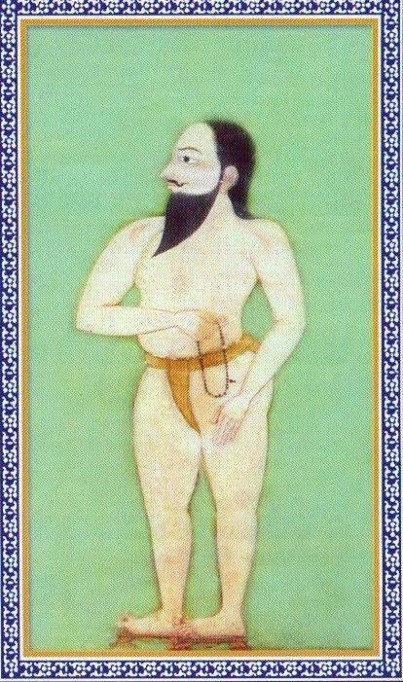Description

Disclaimer: Copyright infringement not intended.
Context
- The Nationalist Congress Party (NCP) has demanded an “unconditional apology” from Jaggi Vasudev of the Isha Foundation for a video in which he is seen making the claim that Saint Samarth Ramdas was Maratha ruler Chhatrapati Shivaji’s guru, and that it was Ramdas who gave Shivaji his saffron flag.
Background
- This is not the first time that Samarth Ramdas and his alleged connection to Marathi icon Chhatrapati Shivaji Maharaj has been at the centre of a controversy.
- While various right-wing organisations have claimed that Ramdas was Shivaji’s mentor and played a key role in his rule, Maratha organisations have denied such claims by pointing out that there is no historical evidence that the king had a Brahmin guru.

What do historians say about this?
- Most historians agree that the issue of calling Samarth Ramdas the guru of Chhatrapati Shivaji is to do with the maintenance of Brahmanical supremacy and that there is no historical evidence to verify the fact.
About Samarth Ramdas
- Samarth Ramdas (c. 1608 – c. 1681), also known as Sant Ramdas or Ramdas Swami, was an Indian Hindu saint, philosopher, poet, writer and spiritual master.
- He was a devotee of the Hindu deities Rama and Hanuman.
Early Life
- Ramdas or previously Narayan was born at Jamb, a village in present-day Jalna district, Maharashtra on the occasion of Rama Navami, probably in 1608 CE.
- He was born into a Marathi Deshastha Rigvedi Brahmin family to Suryajipanta and Ranubai Thosar.
Pilgrimage and spiritual movement
- Ramdas left Taakli a few years later and then embarked on a pilgrimage across the Indian subcontinent.
- He traveled for twelve years and made observations on contemporary social life.
- He had these observations recorded in two of his literary works Asmani Sultania and Parachakraniroopan.
- As part of his mission to redeem spirituality among the masses and unite the Hindu populations, Ramdas initiated the Samarth sect.
- He established several matha (monasteries) across the Indian subcontinent.
- Around 1648 CE, he had an idol of Rama installed at a newly built temple in Chaphal, a village near Satara.
- Initially, he had eleven Hanuman temples constructed in various regions of southern Maharashtra.
Influence
- Ramdas has influenced Hindu nationalist thinkers across the years.
- The likes of Lokmanya Tilak, RSS founder KB Hedgewar, and VD Savarkar, all claimed to have been inspired by the 17th century saint.
Legacy
- His paean to Lord Hanuman, Maruti Stotra, is still commonly recited by school children as well as wrestlers akhadas across Maharashtra.
MUST READ ARTICLES:
Shivaji: https://www.iasgyan.in/daily-current-affairs/shivaji-maharaj-36
|
PRACTICE QUESTION
Q) Which of the following statements with reference to Samarth Ramdas is/are correct?
1. He was a devotee of the Hindu deities Rama and Hanuman.
2. Ramdas initiated the Samarth sect with a mission to unite the Hindu populations.
- 1 only
- 2 only
- Both 1 and 2
- Neither 1 nor 2
Correct Answer: 3
|

https://indianexpress.com/article/explained/explained-history/samarth-ramdas-chhatrapati-shivaji-maharaj-8598333/















